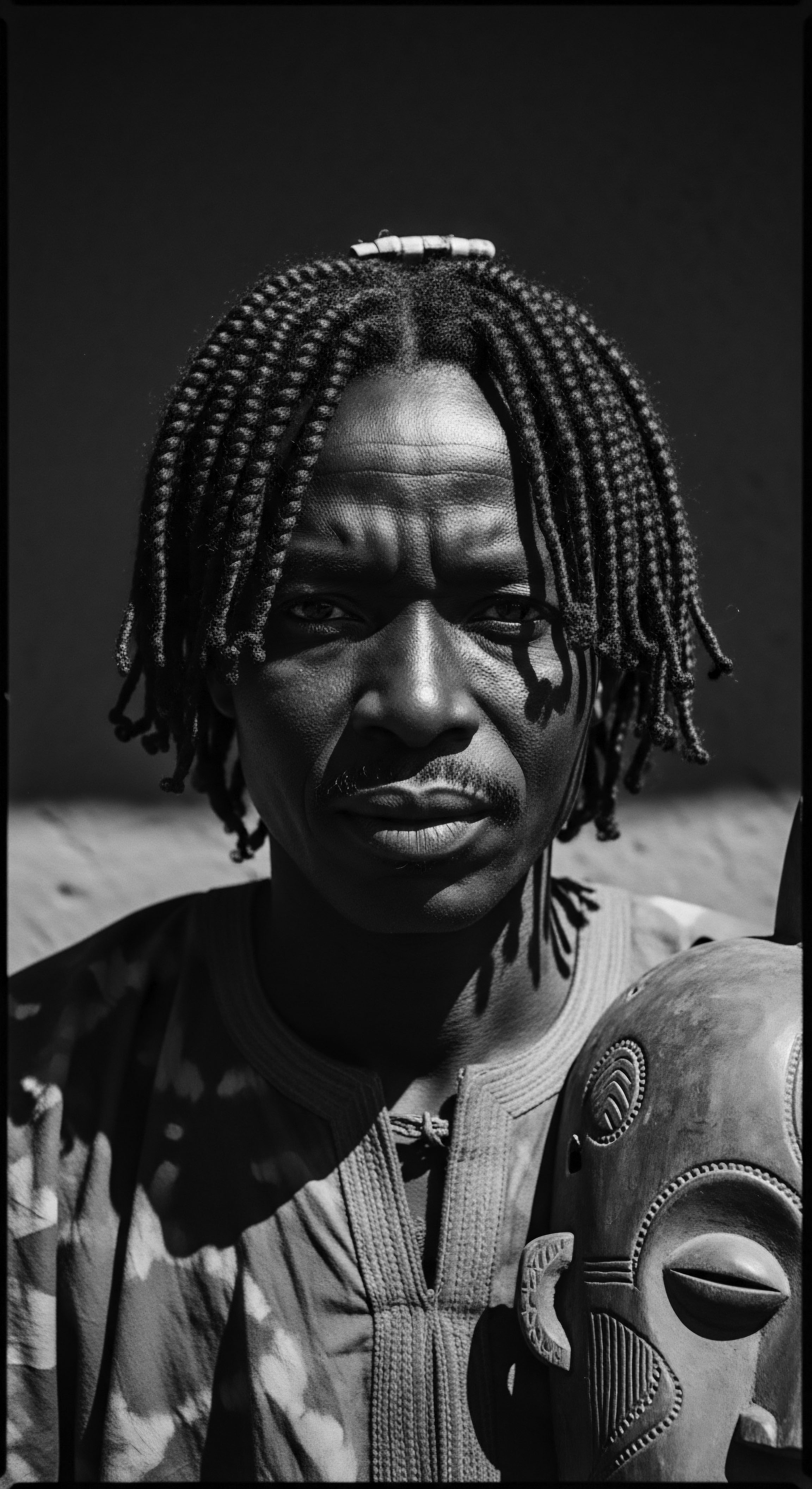
Fundamentals
The phrase “Black Hair Needs” represents far more than a mere collection of product requirements or styling preferences. It signifies a profound understanding, an elemental recognition, of the distinct biological, cultural, and historical considerations that shape the care and perception of textured hair, particularly within communities of Black and mixed-race heritage. At its simplest, this concept offers a foundational explanation for why textured hair, with its unique coiling patterns and structural properties, demands a specialized approach to maintenance, protection, and adornment. It is an acknowledgment that hair, for these communities, has never existed in a vacuum; it has always been a living declaration, a silent yet potent language spoken through generations.
This initial delineation of Black Hair Needs invites us to consider the very fibers that spring from the scalp, each strand a delicate helix bearing the ancestral memory of sun-drenched lands and resilient spirits. The inherent characteristics of textured hair – its varying curl patterns ranging from loose waves to tightly coiled z-patterns, its natural inclination towards dryness due to the helical shape impeding natural oil distribution, and its susceptibility to breakage if mishandled – form the biological bedrock of these needs. These are not deficiencies, but rather unique attributes that necessitate a specific regimen of moisture retention, gentle handling, and protective styling. The explication of these fundamental truths serves as a guiding light for anyone seeking to honor the inherent qualities of textured hair.
Black Hair Needs represents an elemental recognition of the distinct biological, cultural, and historical considerations shaping the care and perception of textured hair within Black and mixed-race communities.
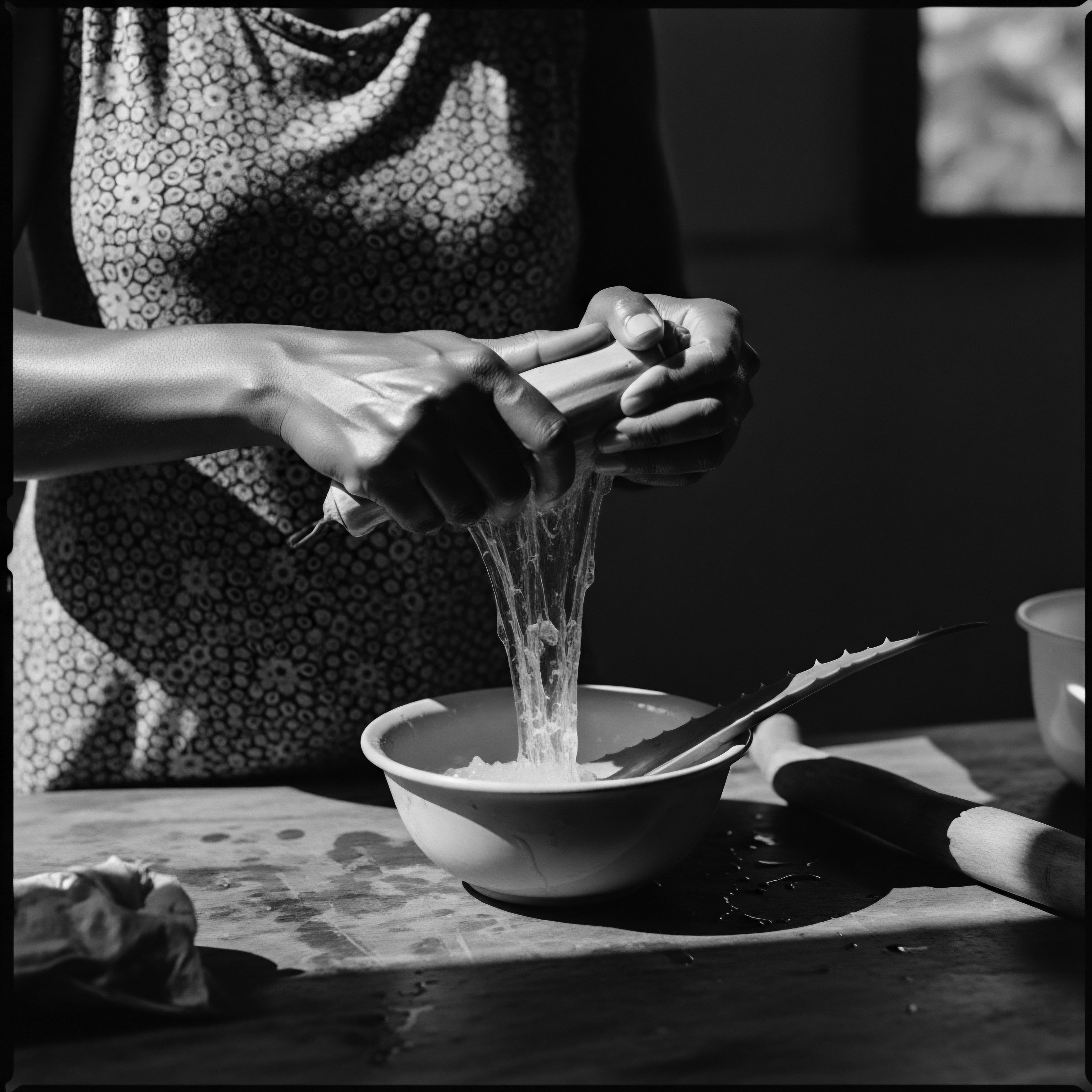
Echoes from the Source ❉ The Biology of Coiled Strands
Each individual hair strand emerges from its follicle, a testament to genetic inheritance. For textured hair, the follicle itself often exhibits an elliptical or flat shape, which dictates the curvature of the hair shaft as it grows. This structural variance results in hair that grows in spirals, coils, and zigzags, creating volume and unique visual density. The twists and turns along the hair shaft create points of vulnerability where the cuticle, the hair’s protective outer layer, is slightly raised or less uniformly aligned.
This characteristic influences how moisture enters and exits the hair, often leading to a natural propensity for dryness compared to straighter hair types. Therefore, a core Black Hair Need revolves around consistent, intentional hydration and sealing practices to maintain elasticity and prevent brittleness.
- Moisture Retention ❉ The helical structure of textured hair makes it more challenging for natural scalp oils (sebum) to travel down the hair shaft. This inherent dryness necessitates external moisture sources, such as water-based conditioners, leave-ins, and humectants, to keep strands supple and resilient.
- Gentle Manipulation ❉ The points of curvature along a coiled strand are areas of increased fragility. Mechanical stress from aggressive brushing, tight styling, or rough handling can lead to breakage. Care routines prioritize finger-detangling, wide-tooth combs, and minimal tension to preserve the integrity of each strand.
- Protective Styling ❉ Styles that tuck away the ends of the hair, such as braids, twists, and buns, shield delicate strands from environmental aggressors like friction, wind, and sun. These styles reduce daily manipulation, allowing hair to rest and retain length.
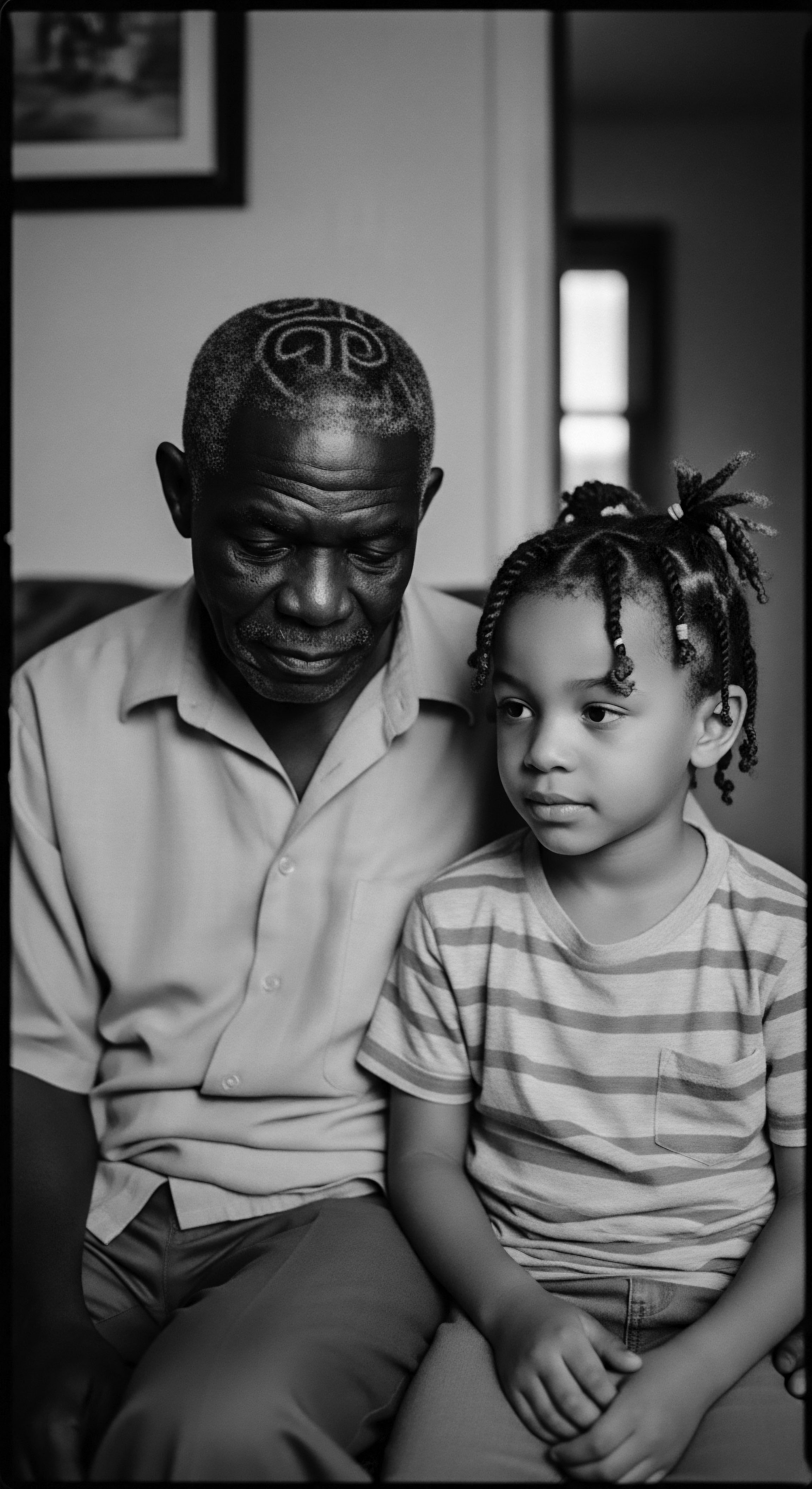
Ancestral Wisdom ❉ Early Interpretations of Hair’s Requirements
Long before scientific laboratories elucidated the mechanics of hair structure, ancestral communities possessed an intuitive, deeply ingrained understanding of Black Hair Needs. Their knowledge, passed down through oral traditions and communal practices, formed the earliest interpretation of how to care for and honor textured hair. This understanding was not merely cosmetic; it was interwoven with spiritual beliefs, social status, and communal identity. The delineation of hair care practices was a sacred act, a way of connecting with lineage and preserving cultural continuity.
From the use of natural oils extracted from indigenous plants to the creation of intricate braiding patterns that conveyed marital status or tribal affiliation, these practices spoke to a sophisticated comprehension of hair’s requirements for health and meaning. The significance of communal grooming sessions, where elders shared techniques and stories, underscores that hair care was never a solitary endeavor but a collective responsibility, a tender thread binding generations. The very term “needs” in this context expands beyond the purely physical, encompassing a deeper sense of belonging and cultural preservation.
Ancestral communities possessed an intuitive, deeply ingrained understanding of Black Hair Needs, interwoven with spiritual beliefs, social status, and communal identity.
The early practices, rooted in observing nature and the body, sought to replenish the hair’s natural oils, protect it from the elements, and adorn it in ways that communicated identity. The wisdom of these ancient ways forms the foundational layer of understanding what textured hair truly requires, echoing through time to inform contemporary approaches. The very essence of hair care for Black and mixed-race individuals stems from these enduring ancestral insights, forming a rich heritage of embodied knowledge.
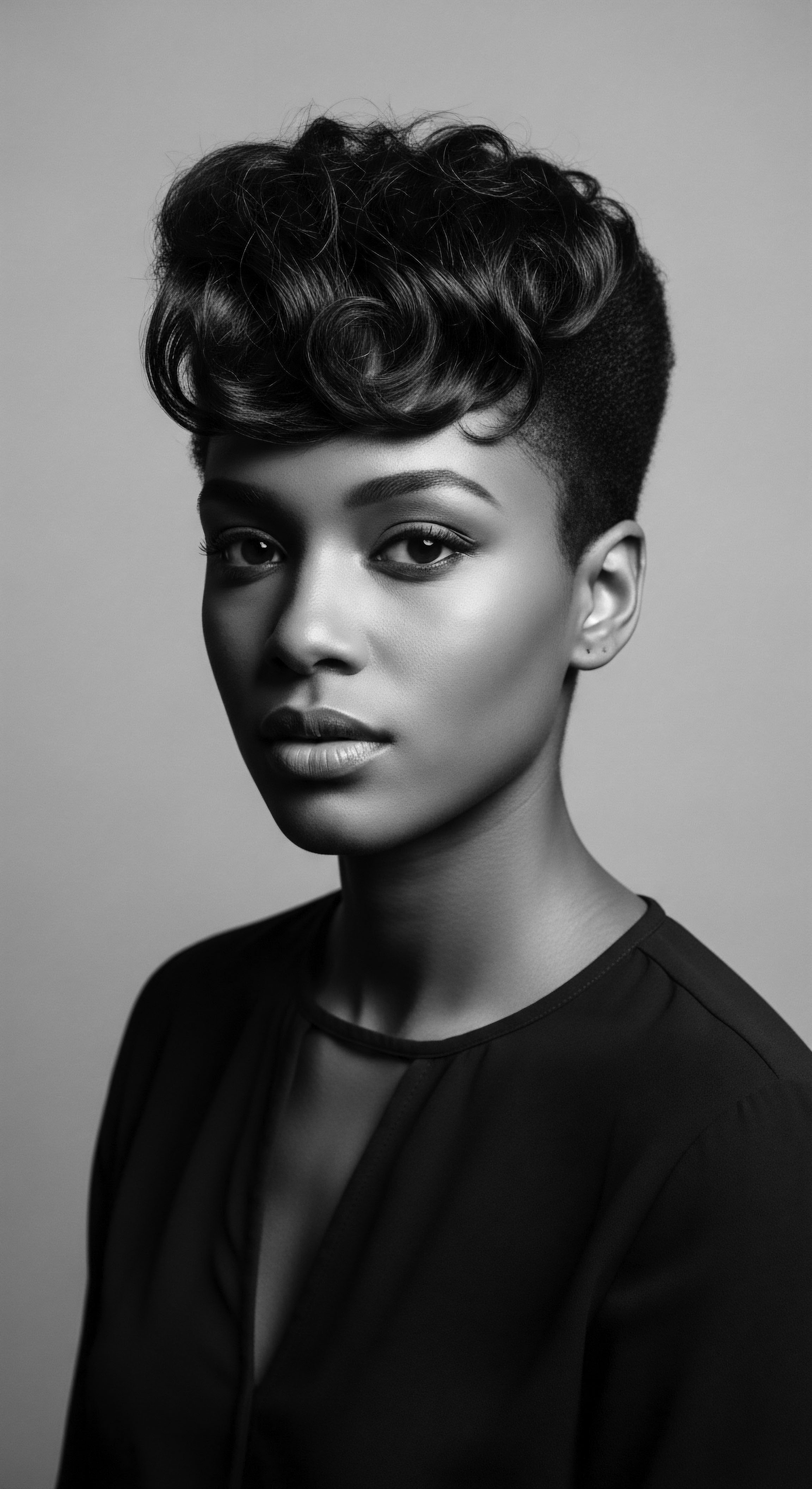
Intermediate
Moving beyond the elemental biological facts, the intermediate exploration of Black Hair Needs begins to unravel the intricate layers of its historical and cultural significance. This level of understanding acknowledges that the meaning of “hair care” for Black and mixed-race individuals extends far beyond mere hygiene; it encompasses acts of resistance, expressions of identity, and the preservation of ancestral wisdom. The connotation of Black Hair Needs, therefore, shifts to include the societal pressures, the economic landscapes, and the deeply personal journeys tied to textured hair across the diaspora.
The historical trajectory of Black hair, from its revered status in pre-colonial African societies to its subjugation and politicization during periods of enslavement and colonialism, profoundly shaped its perceived requirements. In many African cultures, hair was a powerful symbol of status, spirituality, and tribal affiliation. Specific styles could denote age, marital status, or even a person’s role within the community.
The very substance of hair was often believed to be a conduit for spiritual connection, a tangible link between the physical and the metaphysical realms. This understanding informs the profound import of Black Hair Needs today, grounding contemporary practices in a rich historical soil.
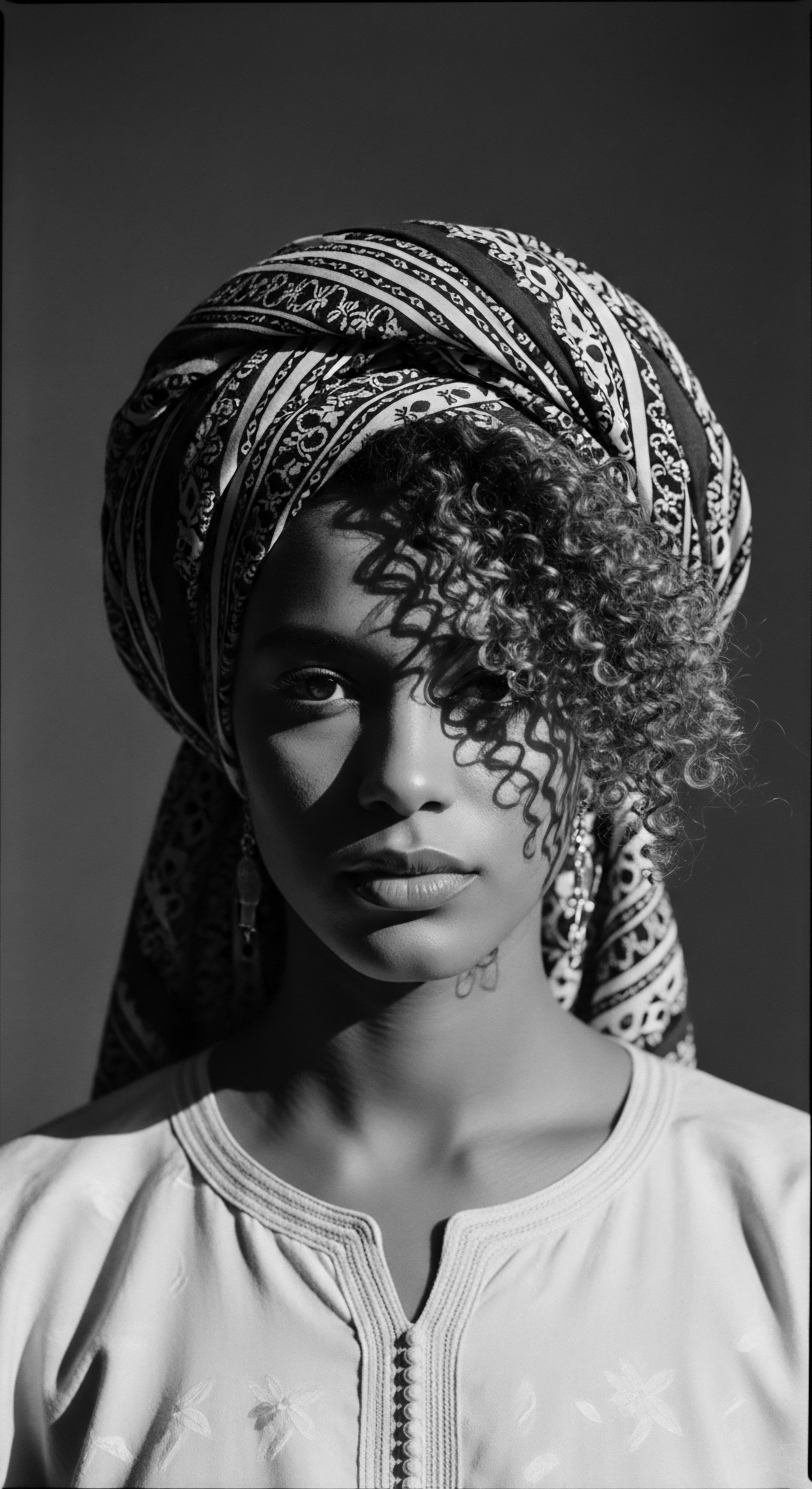
The Tender Thread ❉ Hair as Cultural Repository
The Black Hair Needs, in its deeper sense, recognizes hair as a living repository of cultural memory. During the transatlantic slave trade, when many cultural markers were stripped away, hair became a silent, yet powerful, means of retaining identity and connection to ancestral lands. Enslaved Africans, despite immense adversity, found ways to continue traditional styling practices, often adapting them with available materials.
These practices, while sometimes clandestine, served as vital acts of cultural resilience, preserving a sense of self and community in dehumanizing conditions. The sense of hair as a personal and collective story, therefore, is a central tenet of its ongoing significance.
Black Hair Needs acknowledges hair as a living repository of cultural memory, a silent yet powerful means of retaining identity and connection to ancestral lands.
Consider the development of specific tools and techniques born out of necessity and ingenuity. The earliest combs, often carved from wood or bone, were not just detangling instruments; they were extensions of hands that nurtured and sculpted, embodying a philosophy of gentle care. The tradition of “greasing the scalp” with natural oils and butters was not just about moisture; it was a ritual of connection, a moment of tender touch shared between family members, often accompanied by stories and wisdom. This profound connection to ancestral care rituals is a key aspect of the Black Hair Needs.
| Historical Period / Context Pre-Colonial African Societies |
| Associated Hair Care Practice Intricate braiding, adornment with cowrie shells, clay, natural oils |
| Underlying Black Hair Needs Addressed Spiritual connection, social status, tribal identity, protection from elements, hair health |
| Historical Period / Context Slavery and Post-Emancipation |
| Associated Hair Care Practice Covering hair with headwraps, clandestine braiding, use of makeshift tools |
| Underlying Black Hair Needs Addressed Protection from elements, concealment, cultural preservation, personal dignity, acts of resistance |
| Historical Period / Context Early 20th Century (Post-Reconstruction) |
| Associated Hair Care Practice Chemical straightening (hot combs, lye relaxers) |
| Underlying Black Hair Needs Addressed Societal pressure for conformity, economic survival, perceived "professionalism," ease of styling |
| Historical Period / Context Mid-20th Century (Civil Rights Era) |
| Associated Hair Care Practice Afro liberation movement, rejection of chemical straightening |
| Underlying Black Hair Needs Addressed Racial pride, political statement, self-acceptance, cultural reclamation, natural hair health |
| Historical Period / Context Late 20th to 21st Century (Natural Hair Movement) |
| Associated Hair Care Practice Diverse protective styles, focus on natural ingredients, textured hair education |
| Underlying Black Hair Needs Addressed Holistic hair health, personal expression, community building, celebration of heritage, cultural affirmation |
| Historical Period / Context The trajectory of Black Hair Needs reflects a continuous adaptation to both biological imperatives and shifting socio-cultural landscapes, always retaining a core of resilience and identity. |
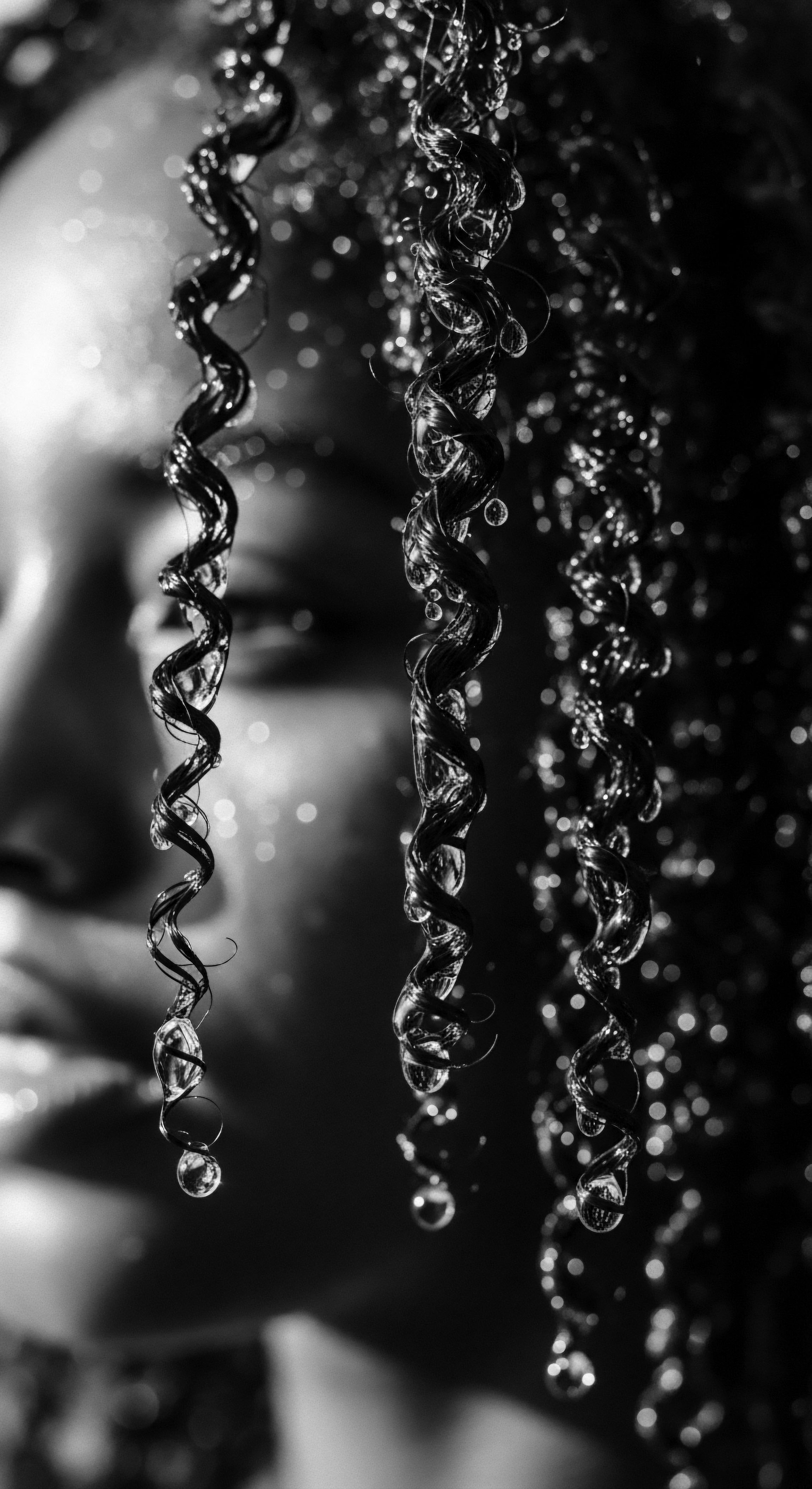
Navigating the Shifting Sands ❉ Societal Perceptions and Their Impact
The societal import of Black Hair Needs became acutely apparent during periods of assimilationist pressure. The forced adoption of Eurocentric beauty standards often led to the rejection of natural textured hair, creating a perceived “need” for chemical alteration to conform. This historical burden highlights a profound aspect of Black Hair Needs ❉ the requirement for spaces of affirmation and validation for natural hair.
The very concept of “good hair” versus “bad hair” became a painful social construct, deeply impacting self-perception and community dynamics. The struggle to define beauty on one’s own terms, separate from oppressive external gazes, forms a significant part of the historical context of Black Hair Needs.
The emergence of the natural hair movement in the late 20th and early 21st centuries represents a powerful re-affirmation of the inherent beauty and cultural value of textured hair. This movement, at its heart, is about reclaiming the original meaning and significance of Black Hair Needs – recognizing that hair health and aesthetic expression are deeply intertwined with self-acceptance and ancestral pride. It is a collective act of remembrance and celebration, ensuring that the next generation understands the profound heritage held within each coil and kink. This contemporary understanding is built upon centuries of lived experience and collective wisdom.
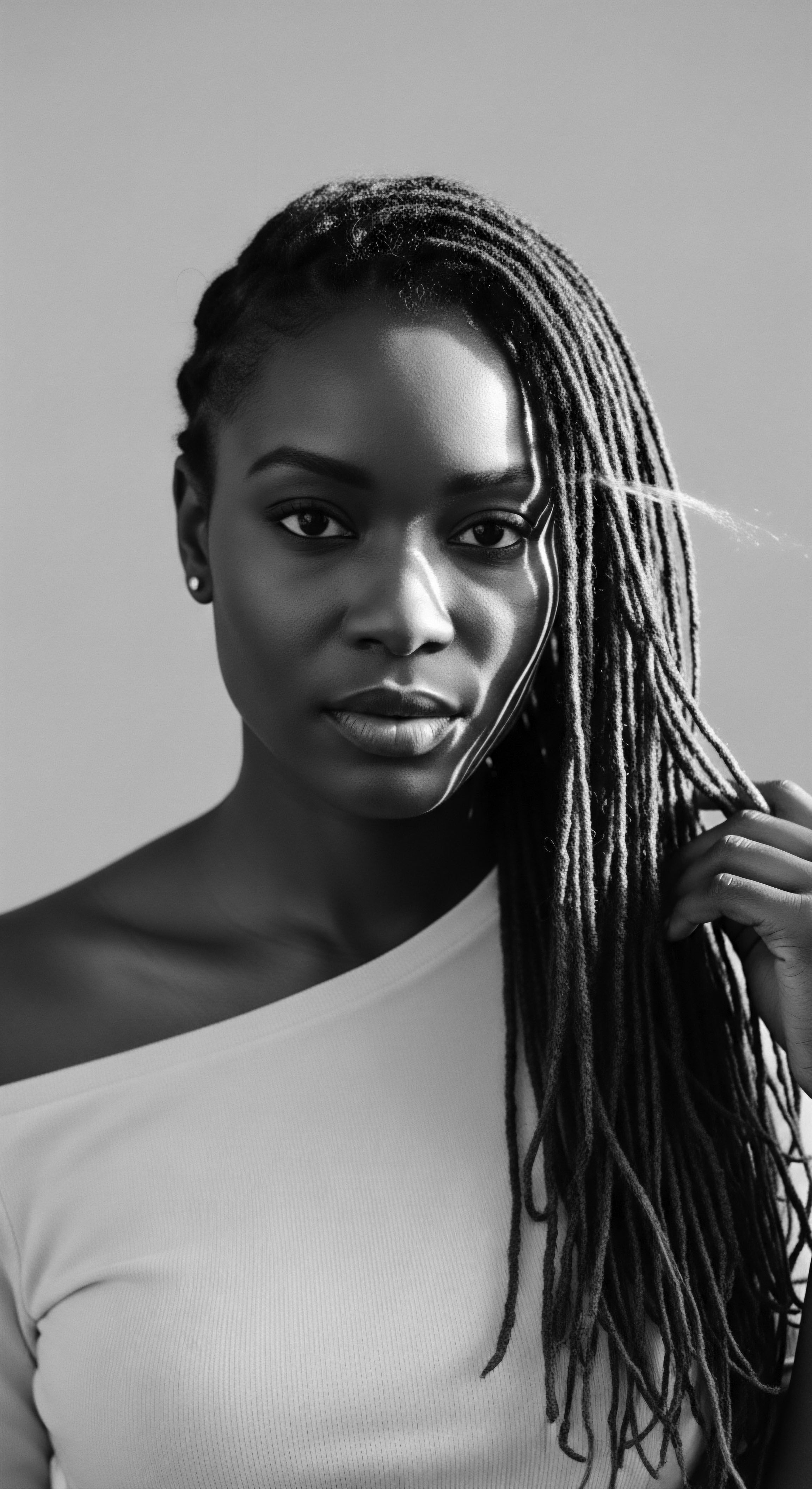
Academic
The academic elucidation of “Black Hair Needs” transcends superficial cosmetic concerns, positioning it as a complex, intersectional construct deeply rooted in biological anthropology, cultural studies, historical sociology, and psychological well-being. This expert-level interpretation defines Black Hair Needs not merely as a set of physical requirements for textured hair, but as a dynamic interplay of genetic predisposition, socio-historical conditioning, and individual agency, all profoundly shaped by the legacy of African and diasporic experiences. It is a statement of the enduring denotation of hair as a site of identity negotiation, communal bonding, and often, systemic oppression and resistance. The rigorous examination of this concept demands a multidisciplinary lens, acknowledging the interwoven fabric of ancestral practices, colonial impositions, and ongoing cultural reclamation.
From an academic standpoint, the Black Hair Needs signifies a holistic understanding of textured hair that accounts for its unique morphology and its embeddedness within complex cultural ecosystems. The intrinsic properties of highly coiled hair, such as reduced cuticle layers at points of curvature and a tendency towards lower moisture retention, necessitate specific care protocols. However, this biological foundation is inextricably linked to the socio-cultural meanings ascribed to hair.
The historical trajectory of Black hair, particularly within the context of transatlantic slavery and its aftermath, transformed it from a revered cultural marker into a symbol often associated with “otherness” and inferiority within dominant Western paradigms. This shift imposed an entirely new set of “needs”—the need for protection against racialized discrimination, the need for psychological resilience in the face of aesthetic marginalization, and the need for self-determination in defining beauty.
Black Hair Needs represents a dynamic interplay of genetic predisposition, socio-historical conditioning, and individual agency, profoundly shaped by the legacy of African and diasporic experiences.
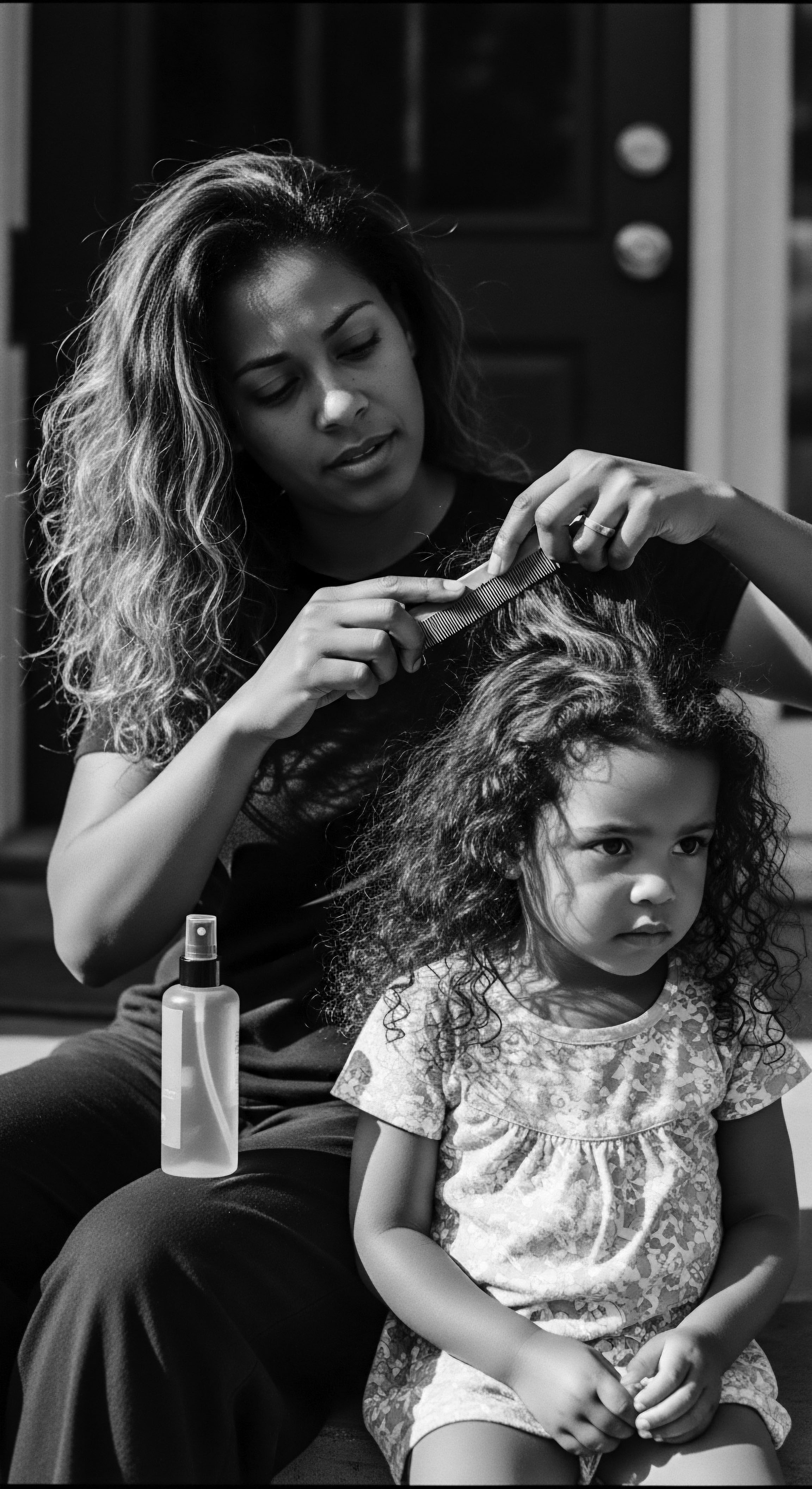
The Unbound Helix ❉ Hair as a Locus of Cultural Continuity and Resistance
One cannot adequately comprehend the Black Hair Needs without acknowledging its profound significance as a locus of cultural continuity and resistance. Throughout history, particularly during periods of intense cultural suppression, hair practices served as vital, often subversive, mechanisms for preserving identity and ancestral connections. The very act of caring for one’s hair, using traditional methods or adapting them, became a quiet act of defiance against narratives that sought to erase Black personhood. This historical depth lends a particular gravity to the contemporary meaning of Black Hair Needs, extending it beyond the purely physical to encompass psychological and socio-political dimensions.
A powerful, yet less commonly cited, historical example that illuminates this profound connection is the intricate hair care practices of the Himba people of Namibia . Their signature otjize paste—a mixture of butterfat, ochre, and aromatic resin—is applied daily to their hair and skin. This practice is not merely cosmetic; it is a profound embodiment of their cultural identity, spiritual connection to the earth, and adaptation to their arid environment. The Himba’s hair, styled into elaborate dreadlocks (often with added extensions made from goat hair or plant fibers), serves as a visual language communicating age, marital status, and social standing.
The preparation and application of otjize is a meticulous, time-consuming ritual, often performed communally, reinforcing familial bonds and transmitting ancestral knowledge across generations. This ritual addresses multiple Black Hair Needs ❉ environmental protection (from sun and insects), physical conditioning (moisture and strength), aesthetic expression, and, critically, the spiritual and cultural affirmation of identity in the face of external pressures. This sustained practice, observed for centuries, offers a compelling case study of how hair care becomes a living archive of heritage, far beyond simple styling. The Himba’s commitment to otjize, despite modern influences, underscores the enduring significance of hair as a cultural anchor, resisting assimilation and affirming a unique worldview.
This case study of the Himba exemplifies how Black Hair Needs are not static, but rather adapt to environmental, social, and spiritual contexts while maintaining core ancestral principles. The historical practice of incorporating natural elements—clays, oils, herbs—into hair care rituals across various African societies was not accidental. It reflected an advanced ethnobotanical knowledge, a deep understanding of the properties of indigenous plants, and a holistic approach to well-being where hair was seen as an extension of the body’s spiritual and physical health. The ancestral wisdom embedded in these practices often predates and, in many cases, anticipates modern scientific findings regarding scalp health, moisture retention, and protein balance.
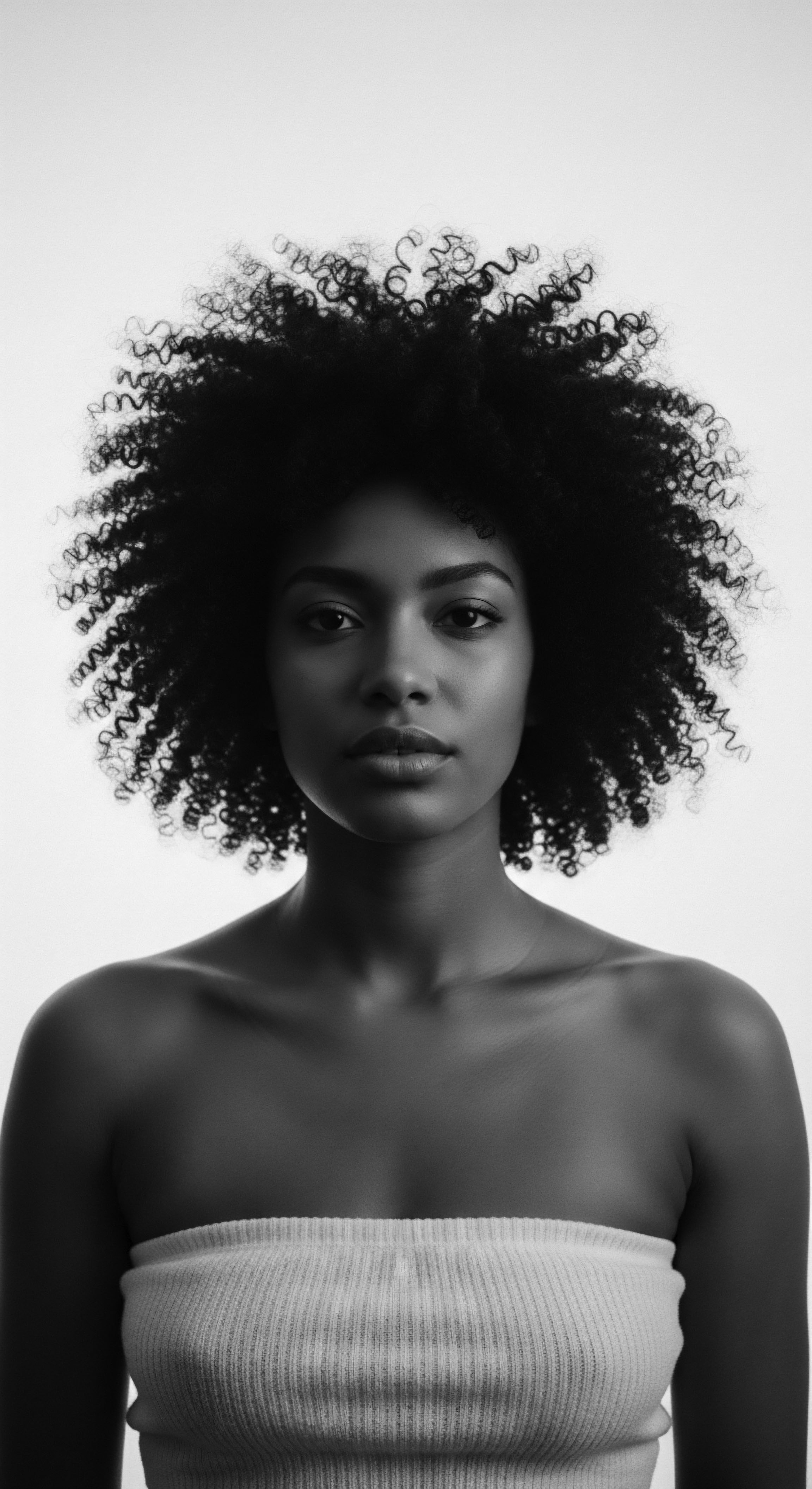
Psychological and Economic Dimensions of Black Hair Needs
The contemporary understanding of Black Hair Needs also incorporates significant psychological and economic dimensions. The pervasive nature of hair discrimination, particularly in professional and educational settings, highlights a persistent need for legislative and social change to protect the rights of individuals to wear their natural hair without prejudice. Research indicates that Black women, in particular, face disproportionate scrutiny and negative biases related to their hair in the workplace. For instance, a 2019 study by the Dove CROWN Coalition found that Black women are 80% more likely to change their natural hair to meet workplace expectations.
This statistic underscores a profound Black Hair Need ❉ the societal requirement for acceptance and freedom from discrimination based on hair texture. The constant pressure to conform, or the psychological burden of navigating biased perceptions, represents a significant, non-physical “need” that impacts mental well-being and economic opportunity.
Furthermore, the economic implications of Black Hair Needs are substantial. The market for Black hair care products is a multi-billion-dollar industry, historically underserved by mainstream brands, leading to the rise of Black entrepreneurs who understood and catered to these specific requirements. This economic landscape reflects a need for products formulated with the unique properties of textured hair in mind, but also a need for economic self-determination within the community.
The shift towards natural hair has also spurred a demand for ingredients that align with ancestral practices, emphasizing natural, non-toxic components, further solidifying the link between modern commerce and historical wisdom. The delineation of Black Hair Needs in this context, therefore, extends to consumer advocacy and the pursuit of equitable representation in the beauty industry.
- Morphological Specificity ❉ The inherent elliptical cross-section of the hair follicle and the resulting helical growth pattern of textured hair necessitate formulations and practices that address its propensity for dryness, tangling, and breakage at points of curvature. This biological foundation is paramount to any effective care regimen.
- Socio-Historical Context ❉ The meaning of Black Hair Needs is deeply informed by centuries of cultural evolution, including the impacts of colonialism, slavery, and civil rights movements. Hair became a symbol of identity, resistance, and self-determination, requiring care practices that honor this complex legacy.
- Psychological Well-Being ❉ Navigating societal biases and discrimination against textured hair creates a need for affirmation, self-acceptance, and community support. The ability to wear one’s hair naturally without fear of reprisal is a fundamental aspect of psychological freedom and self-expression.
- Economic Agency ❉ The development of a distinct Black hair care industry reflects a need for specialized products and services tailored to textured hair. This economic sphere also embodies a desire for self-sufficiency and the channeling of resources within the community.
The academic investigation into Black Hair Needs, therefore, provides a comprehensive exploration of its interconnected incidences across biological, cultural, psychological, and economic fields. It moves beyond a simplistic understanding of hair type to a profound recognition of hair as a vital component of identity, heritage, and ongoing societal dialogue. The expert-level interpretation emphasizes that addressing Black Hair Needs requires not just products, but a deep respect for history, a commitment to equity, and a celebration of the profound beauty inherent in every coil and curl. The continuous unraveling of its full complexity offers valuable insights into human resilience and cultural ingenuity.
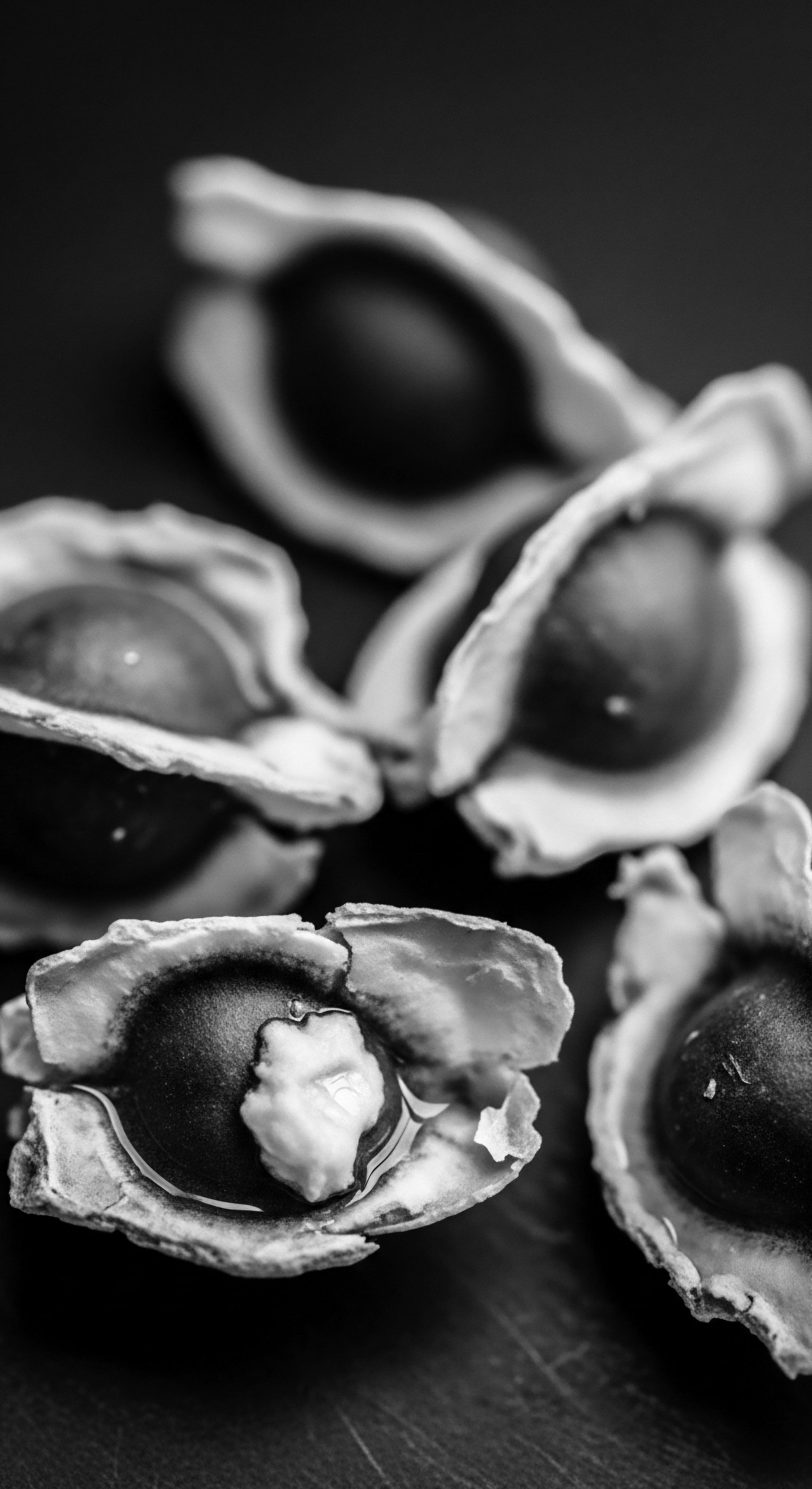
Reflection on the Heritage of Black Hair Needs
As we close this contemplation on Black Hair Needs, a resonant truth emerges ❉ it is not merely a collection of biological imperatives or styling preferences, but a living testament to the enduring spirit of a people. Each strand, each coil, carries within it the whisper of ancestral hands, the echoes of ancient ceremonies, and the vibrant resilience forged through centuries of adaptation and triumph. The definition of Black Hair Needs, when viewed through the lens of heritage, becomes a profound meditation on continuity—a recognition that the care we offer our hair today is a direct conversation with those who came before us, a tender thread connecting past to present.
The “Soul of a Strand” ethos invites us to perceive hair not as a separate entity, but as an integral part of our being, deeply connected to our spiritual and communal wellness. The unique understanding of Black Hair Needs, cultivated across generations, reminds us that true care extends beyond the physical. It encompasses the quiet dignity of self-acceptance, the joy of cultural expression, and the unwavering strength found in shared history. This understanding allows us to honor the wisdom of our forebears, who intuitively knew that hair was a conduit for identity, a canvas for storytelling, and a crown of inherited glory.
In every protective style, in every application of natural oil, in every moment of patient detangling, we participate in a ritual of remembrance. We are not just tending to hair; we are tending to a legacy. The journey of Black Hair Needs, from its elemental biology and ancient practices to its role in voicing identity and shaping futures, stands as a powerful declaration of beauty, strength, and unwavering heritage. It is a timeless story, woven into the very fabric of our being, continuing to inspire and affirm with every new growth.
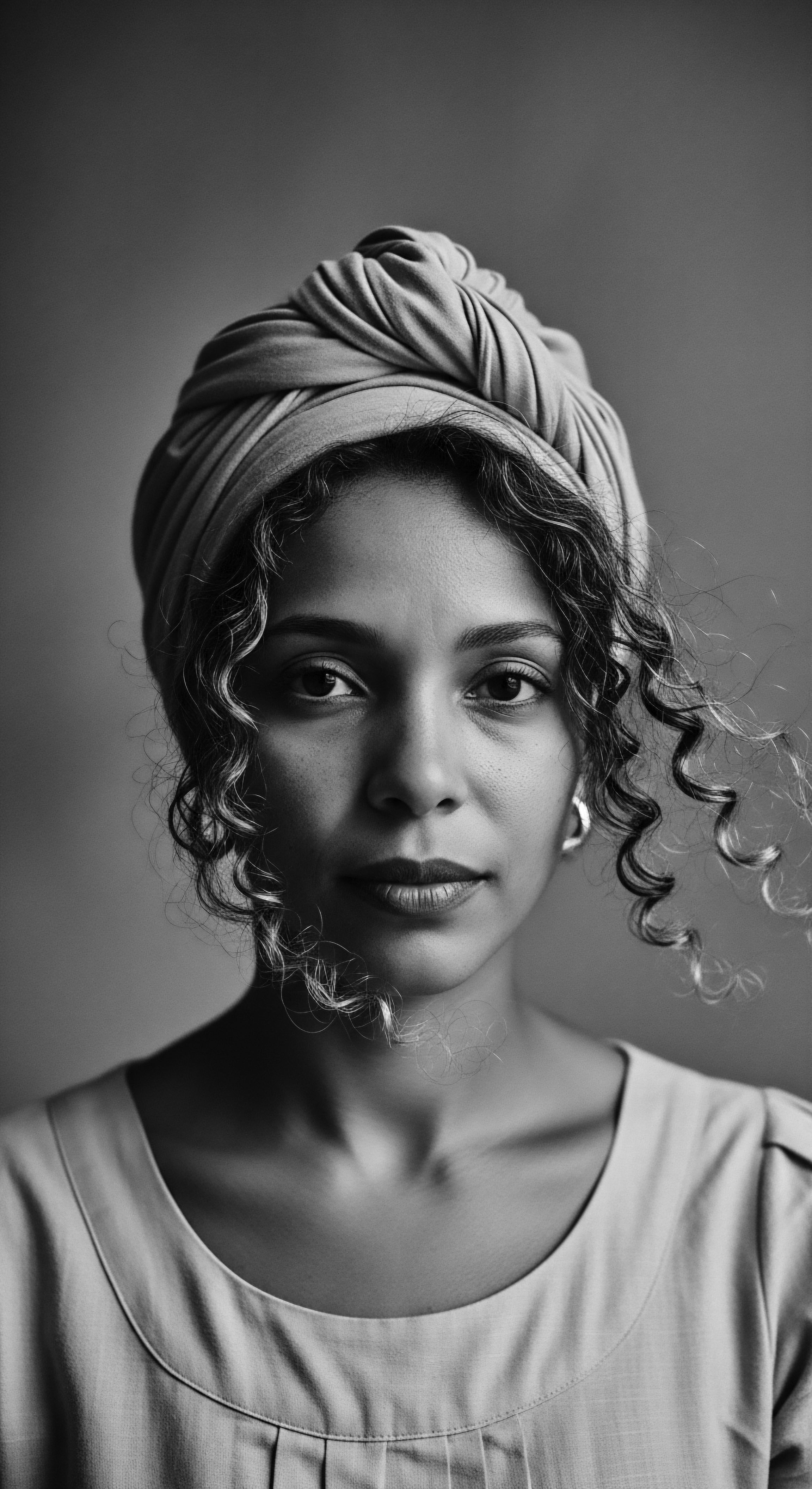
References
- Byrd, A. D. & Tharps, L. D. (2014). Hair Story ❉ Untangling the Roots of Black Hair in America. St. Martin’s Griffin.
- Mercer, K. (1994). Welcome to the Jungle ❉ New Positions in Black Cultural Studies. Routledge.
- Gaines, A. (2017). Beauty Shop Politics ❉ Race, Gender, and the Power of African American Style. University of Illinois Press.
- Akbar, N. (1996). Light from Ancient Africa. Mind Productions & Associates.
- Banks, I. (2000). Hair Matters ❉ Beauty, Power, and Black Women’s Consciousness. New York University Press.
- Dove CROWN Coalition. (2019). The CROWN Research Study ❉ The Impact of Hair Bias on Black Women in the Workplace. (Note ❉ While the original study is by Dove, it is often cited in academic papers and reports on hair discrimination).
- Kruger, F. (2013). The Himba ❉ A Portrait of an African Tribe. Lannoo Publishers.
- Okeke-Agulu, C. (2015). Obiora Udechukwu ❉ Line, Image, Text. Skira. (Relevant for discussions on African art and cultural practices, including body adornment).
- Ebony, M. (2007). African American Hair ❉ A History of Hair Care and Hair Styles. Mason Crest.
- Walker, A. (2001). The Temple of My Familiar. Pocket Books. (Fictional, but often referenced for its cultural insights into Black women’s experiences and hair).
